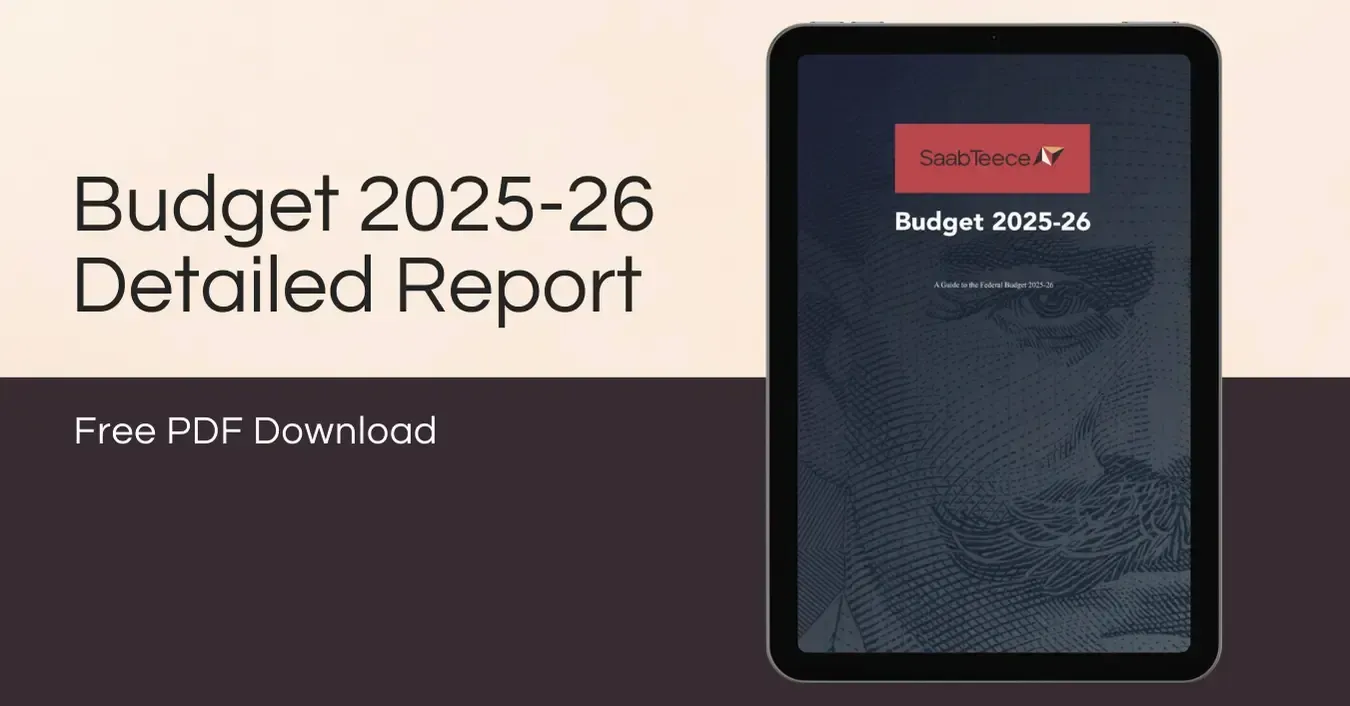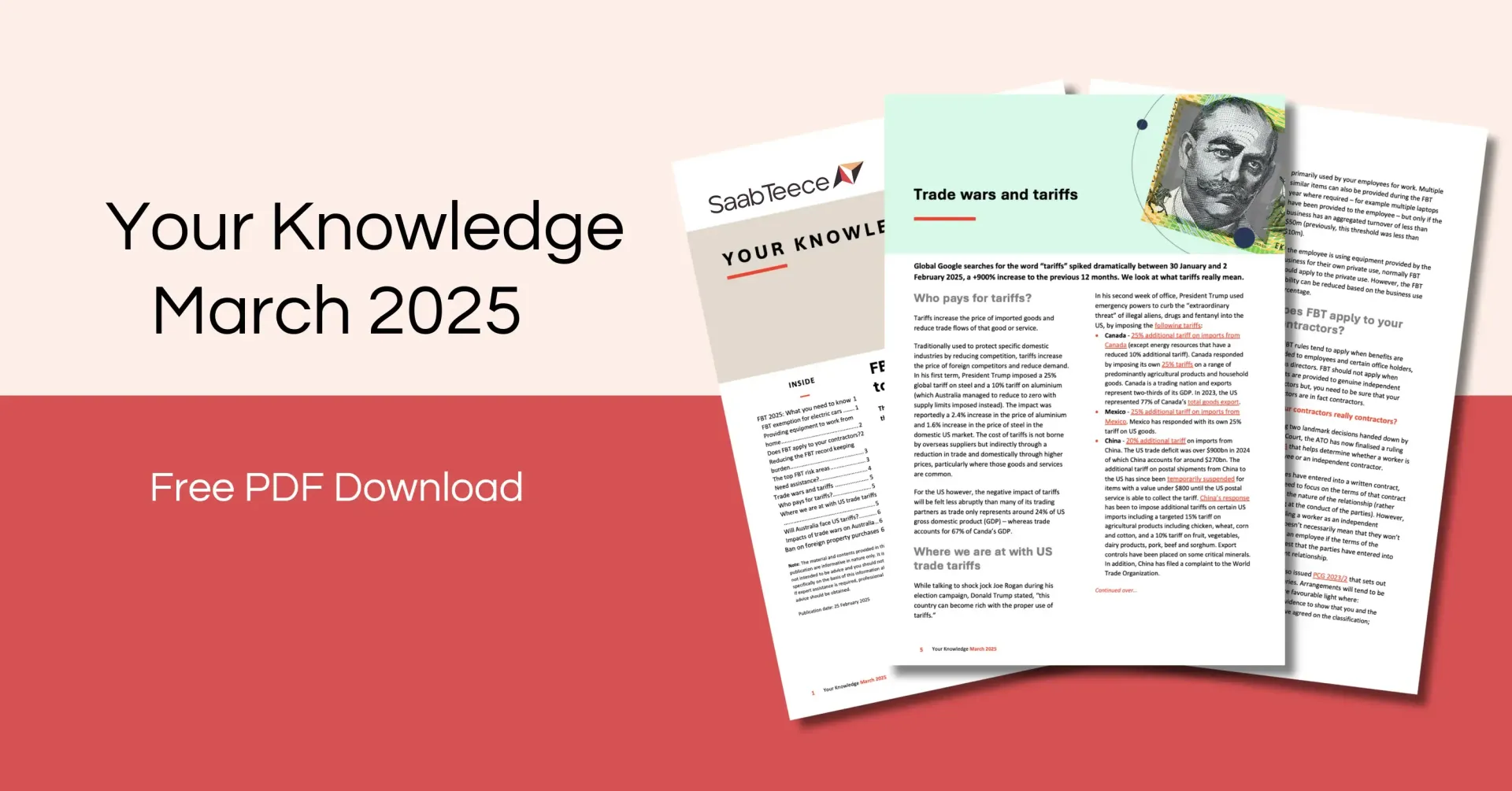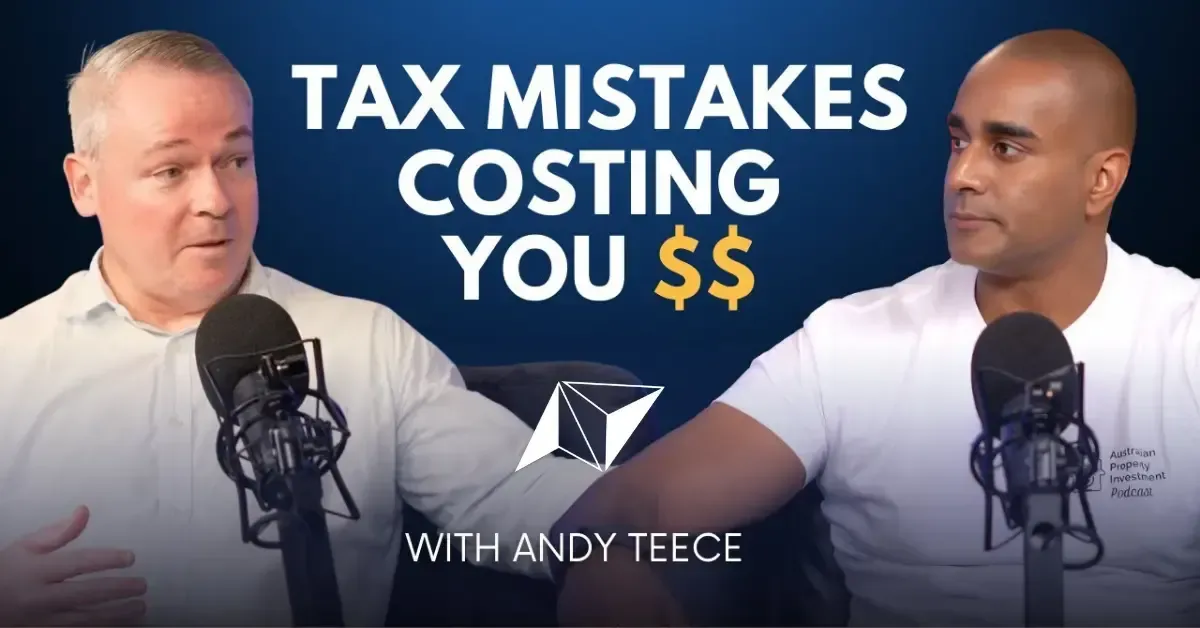Downsizer Contributions
Did you know that up to March 2022, 41,000 Australians have sold their homes and used the Downsizer Contribution. Collectively, they have contributed over $10 billion into superannuation!
What is it?
Individuals may contribute up to $300,000 from the proceeds of the sale of their home into their superannuation fund.
From 1 January 2023, this will be available to anyone aged 55 years or older (currently 60 years or older).
Eligibility
- The home must be in Australia and has been owned by you or your spouse for at least 10 years. The disposal must be exempt (or partially exempt) from capital gains tax (CGT).
- You must not have previously made a downsizer contribution (you can only use the downsizer contribution once in your lifetime).
Benefits
- Boost your superannuation balance.
- Invest the funds in a low (or no tax) environment.
- Be able to draw the funds out tax free once you start an account-based pension.
Other considerations
- You don’t need to ‘downsize’ (in terms of the size of the property or in dollar terms), you just need to sell your home.
- Downsizer contributions do not count towards your contribution caps (concessional or non-concessional).
- You can use the downsizer contribution even if your Total Superannuation Balance (TSB) is above $1.7M.
- Downsizer contributions will count towards your transfer balance cap.
- You do not need to meet any work test.
- You and your spouse can both use the downsizer contribution from the same sale proceeds; contributing up to $600,000 combined.
- You cannot contribute more than the total sale price of the property.
- Proceeds must be received by the superannuation fund within 90 days of settlement.
- Note that the value of your main residence does not count towards the Centrelink assets test. If your main residence is sold and some of the proceeds are added to your superannuation account; the superannuation value will be assessed and may reduce your age pension benefits.
- If you are aged 55, consider that you may not be able to access these funds until you reach age 65.
For more information, please see the ATO Website.
As always, do not hesitate to contact us if you have any questions.
Kind regards,
SaabTeece
This information does not take into account your personal objectives, financial situation or needs and so you should consider its appropriateness, having regard to your personal objectives, financial situation and needs in relation to these factors before acting on it. This article provides an overview or summary only and it should not be considered a comprehensive statement on any matter or relied upon as such.
Recent Posts

SaabTeece
Liability limited by a scheme approved under Professional Standards Legislation.
Shop 2, 17-25 William St, Earlwood, NSW 2206 Australia








